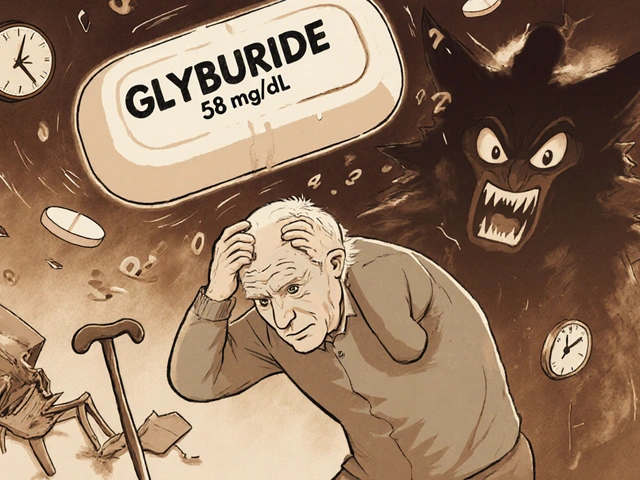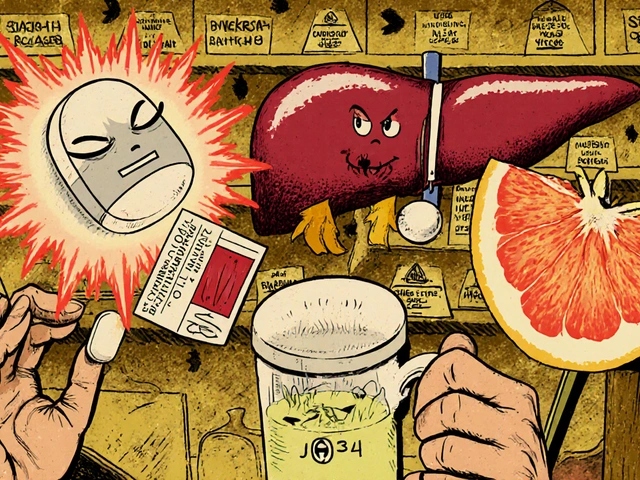Dry Eye: Quick Guide to Causes, Symptoms & Relief
Dry eye feels like sandpaper in your eyes, makes watching TV or reading a chore, and can snowball into bigger problems if you ignore it. The good news? Most of the time you can dial down the irritation with a few easy changes at home. Below we break down why your eyes go dry, how to tell if it’s more than occasional grit, and what you can do right now to feel better.
What Triggers Dry Eye?
Several everyday factors can mess with the thin layer of tears that keeps your eyes smooth. Staring at screens for hours reduces blinking, so the tear film evaporates faster. Low humidity, windy days, or air‑conditioned rooms pull moisture right off the eye surface. Certain meds – antihistamines, acne pills, and blood‑pressure drugs – also lower tear production. Finally, health conditions like arthritis or diabetes can affect the nerves that tell your eyes when to water.
When any of these hit, the balance between tears and evaporation tips toward dryness. Your eyes might feel gritty, look red, or get that annoying blurry vision that clears after a blink. If you notice these signs most days, it’s time to treat the cause, not just the symptoms.
Practical Ways to Ease Dry Eye
Start with the basics: keep the air moist. A small humidifier in your bedroom or office can add enough humidity to stop tears from vaporizing. Take screen breaks every 20 minutes – look away for 20 seconds at something 20 feet away – and blink deliberately a few times. This simple habit keeps the tear film spread evenly.
Over‑the‑counter eye drops (sometimes called artificial tears) are a quick fix. Choose preservative‑free versions if you need to use them several times a day; they’re gentler on the surface. For a longer‑lasting option, warm compresses on closed lids for a few minutes can melt clogged oil glands, improving the tear film’s oily layer.
Hydration matters too. Drink enough water throughout the day and consider foods rich in omega‑3 fatty acids – fish, walnuts, or flaxseed – which support healthy tear production. If you wear contact lenses, give your eyes a break with glasses a few times a week.
When home tricks aren’t enough, a quick chat with your eye doctor can open up prescription options like anti‑inflammatory drops or treatments to unblock clogged glands. Most people see relief within weeks once the right plan is in place.
Dry eye doesn’t have to run your life. By spotting the triggers, tweaking your environment, and using simple eye‑care habits, you can keep your vision clear and comfortable. Try a couple of these steps today and notice the difference – your eyes will thank you.





